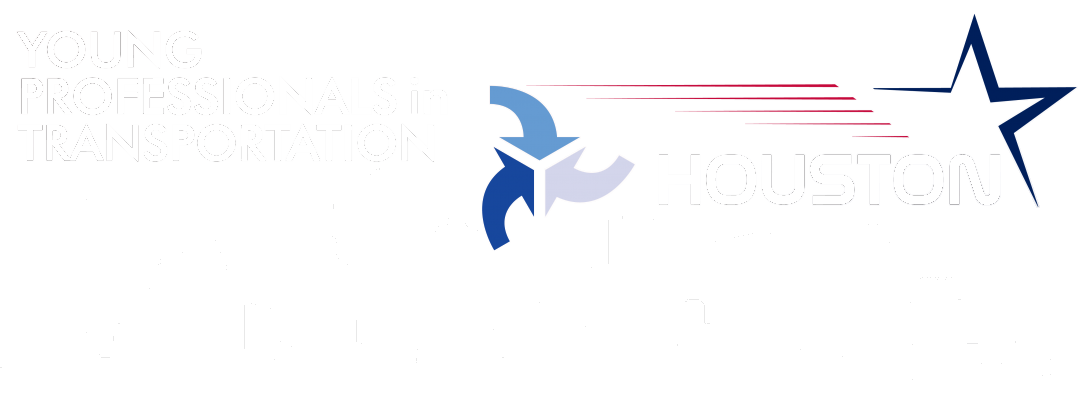This Houston Transportation Series features one of our board member’s, Todd Hansen and The Kyle Field Game Day Project, a large collaborative effort among different groups at the Texas A&M Transportation Institute aiming to improve the vastly strained infrastructure surrounding Kyle field during game days while also improving every fan’s experience no matter how they get to and from the game.
According to Hansen, the twin cities of Bryan and College Station together have a population a little over 200,000, but during a game day weekend it is not unusual for 100,000 or more visitors to attend the game or tailgate outside of the stadium. Kyle Field only hosts 6-8 home games each season, but game day weekends create special transportation problems because the road infrastructure is designed for the other 357 days of the year. This problem became more evident when Texas A&M moved into the SEC and gained more national exposure. On top of that, Kyle Field is undergoing a major renovation that will transform it into one of the top 6 largest college stadiums by capacity: seat totals of 106,000 this fall and ultimately 102,000 in 2015. More stadium capacity means more visitors coming to Bryan/College Station from out of town, and potentially greater congestion on an already strained road network.
The university hired TTI to create a new comprehensive game day transportation plan for automobile, bus, pedestrian, and bicycle traffic. Led by Dr. Tim Lomax, TTI focused on traffic planning, transit allocation, and communication to create a completely new traffic signalization plan based on the capacity and traffic flows from each area parking lot. For the first time, College Station will not only have specific light timings for game day traffic but also a few roads with variable-direction lanes to help with inbound and outbound flows from the city.
As all modes are taken into consideration around campus, the traffic plan attempts to separate cars, buses, and pedestrians not only for safety but also to prevent previously-observed bottlenecks at specific intersections. TTI also worked closely with Transportation Services, the university’s transit provider, to redesign bus routes and stops based on expanded parking areas, and to reallocate their buses to specific bus routes based on projected demand.
The final component will be to effectively communicate these changes to ticketholders and the general public. To assist with standard mail-out and online information sources, TTI developed a phone app that will direct fans to their specific parking lots, seating areas, bus stops, and road paths based on their current location and destination. Providing this information directly to users throughout the day will help fans with personal wayfinding on the campus and informed expectations of traffic flow, easing some of the pressure on posted signage and traffic officers that will be in the field.
I’m very proud of the work I’ve been able to contribute to the transit portion of the project, and believe that the comprehensive approach of this plan will improve the fan experience by making trips to and from games easier – Todd Hansen.
